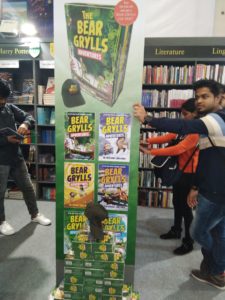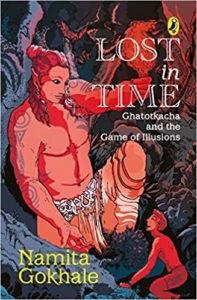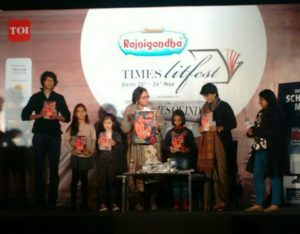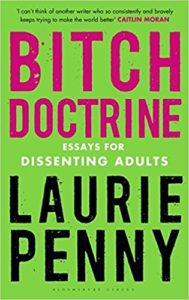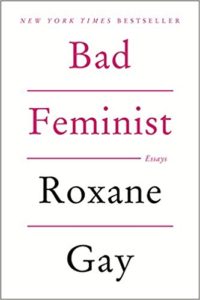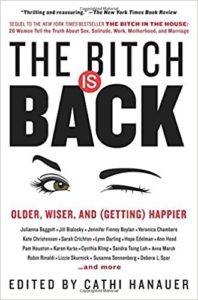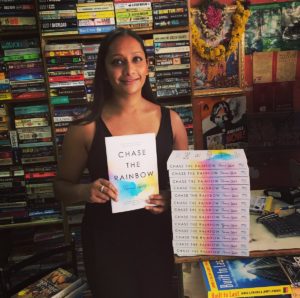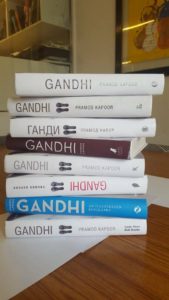Mohsin Hamid’s “Exit West”
We are all migrants through time.
Mohsin Hamid’s latest novel Exit West published nearly a year ago in spring 2017 was received positively worldwide to rapturous reviews. Despite the extremely long and breathless sentences with innumerable sub-clauses the story itself moves smoothly while unveiling a bleak yet monstrously fragile world of migrants, violence and lawlessness. It is told through the lives of Saeed and Nadia but the narrator remains in complete control, much like a cameraman choosing to tell the story through selected frames. The prose is structured almost like a slow dance fusing reality with elements of speculative fiction. Take the black doors for instance which open like portals to another land, not necessarily another dimension of time, leading refugees away from one physical space to the next.
 This aspect of the story has in fact resulted in an incredible art installation in London. It can be viewed till 20 February 2018. According to The Bookseller, Penguin Random House UK has teamed up with Audible and Jack Arts to celebrate the paperback launch of Exit West. To quote the article:
This aspect of the story has in fact resulted in an incredible art installation in London. It can be viewed till 20 February 2018. According to The Bookseller, Penguin Random House UK has teamed up with Audible and Jack Arts to celebrate the paperback launch of Exit West. To quote the article:
Penguin is partnering with Jack Arts and Audible to celebrate the paperback publication of Mohsin Hamid’s Exit West (Hamish Hamilton) with an interactive poster installation on Commercial Street, London.
Working with Jack Arts, themes explored by the Man Booker shortlisted novel such as movement and migration – and, as Penguin puts it, “the thin boundaries that exist in our world” and “the doors between neighbours” – will be “brought to life” in the form of poster art.
Taking a recessed wall space on Commercial Street, Penguin and Jack Arts have replicated the book jacket artwork of Exit West and installed posters with book extracts and cityscapes from locations in the book. Functioning doors open onto the posters, inviting people to engage with the story and to “rethink what the doors around them might mean”, according to Penguin. The campaign strapline reads: “You sometimes need a way out. You always need a way in.”
Penguin also teamed up with Audible, identifying the Commercial Street site profile as “directly overlapping” with Audible’s audience. The audiobook retailer is tagged on the installation and will promote the audio edition of the book to its four million UK social followers. Exit West will be an Audible Editorial pick and a recorded interview with author Mohsin Hamid will be available as an Audible Session.
The book’s author, Hamid said: “It was kind of magical for me to see the black doors on Commercial Street, to discover they could open, and to find words from Exit West inside.”
It is very exciting to see how many forms a good story will take. More so in this information age when readers have very high expectations and there are behavioural changes apparent in how people approach a book. With the blending of formats making it available in physical reality is truly marvellous — just as this unique book.
Read it if you have not already done so!
Mohsin Hamid Exit West Hamish Hamilton, an imprint of Penguin Random House, 2017. Hb.pp. 230 Rs 599
18 February 2018



